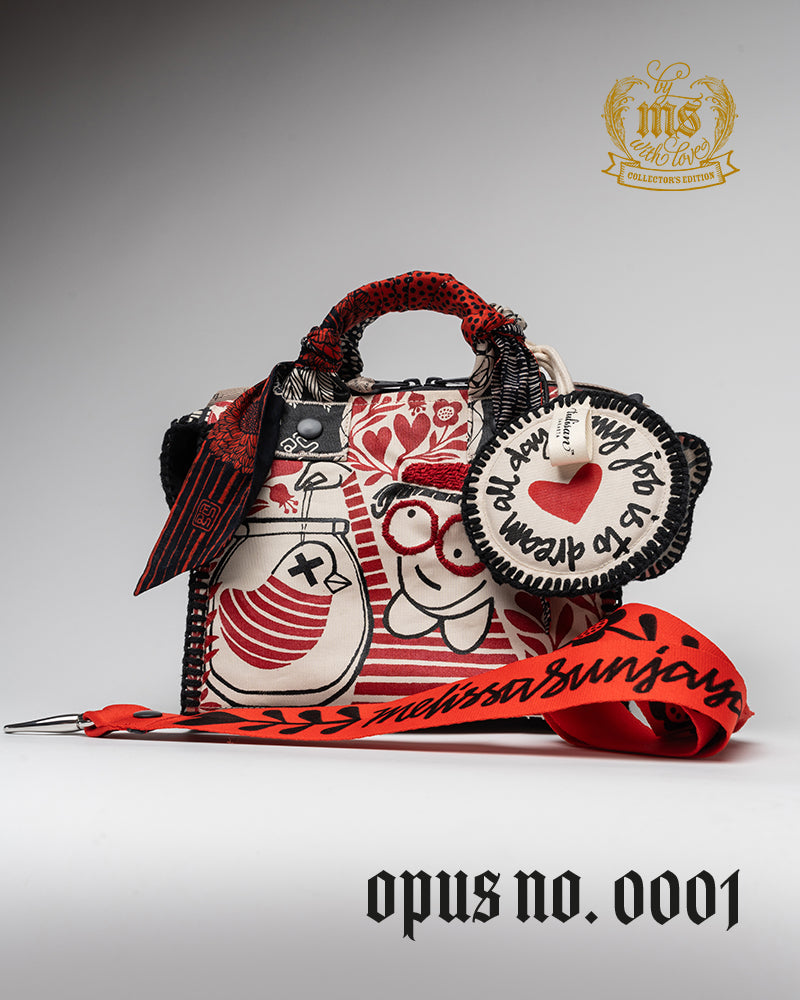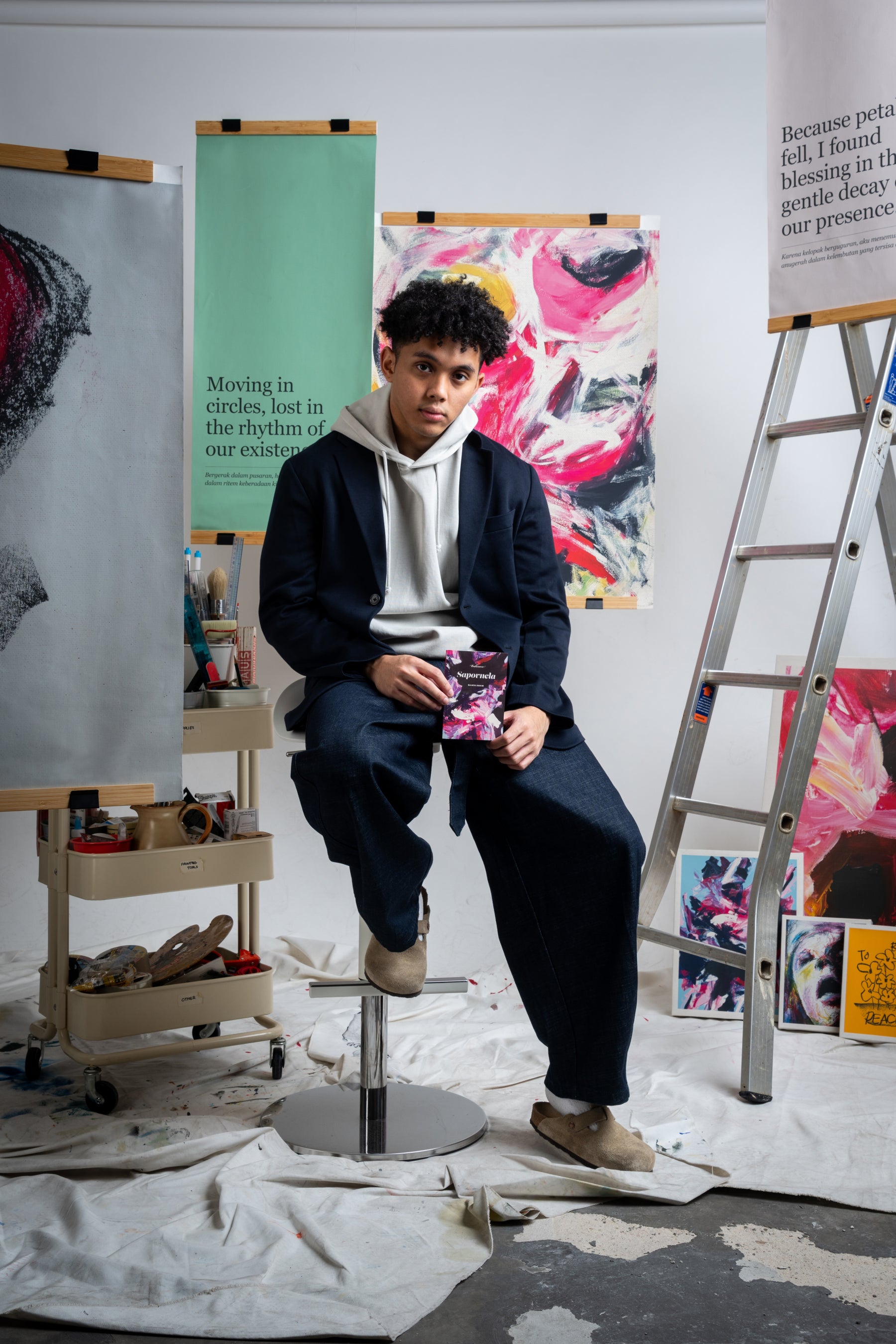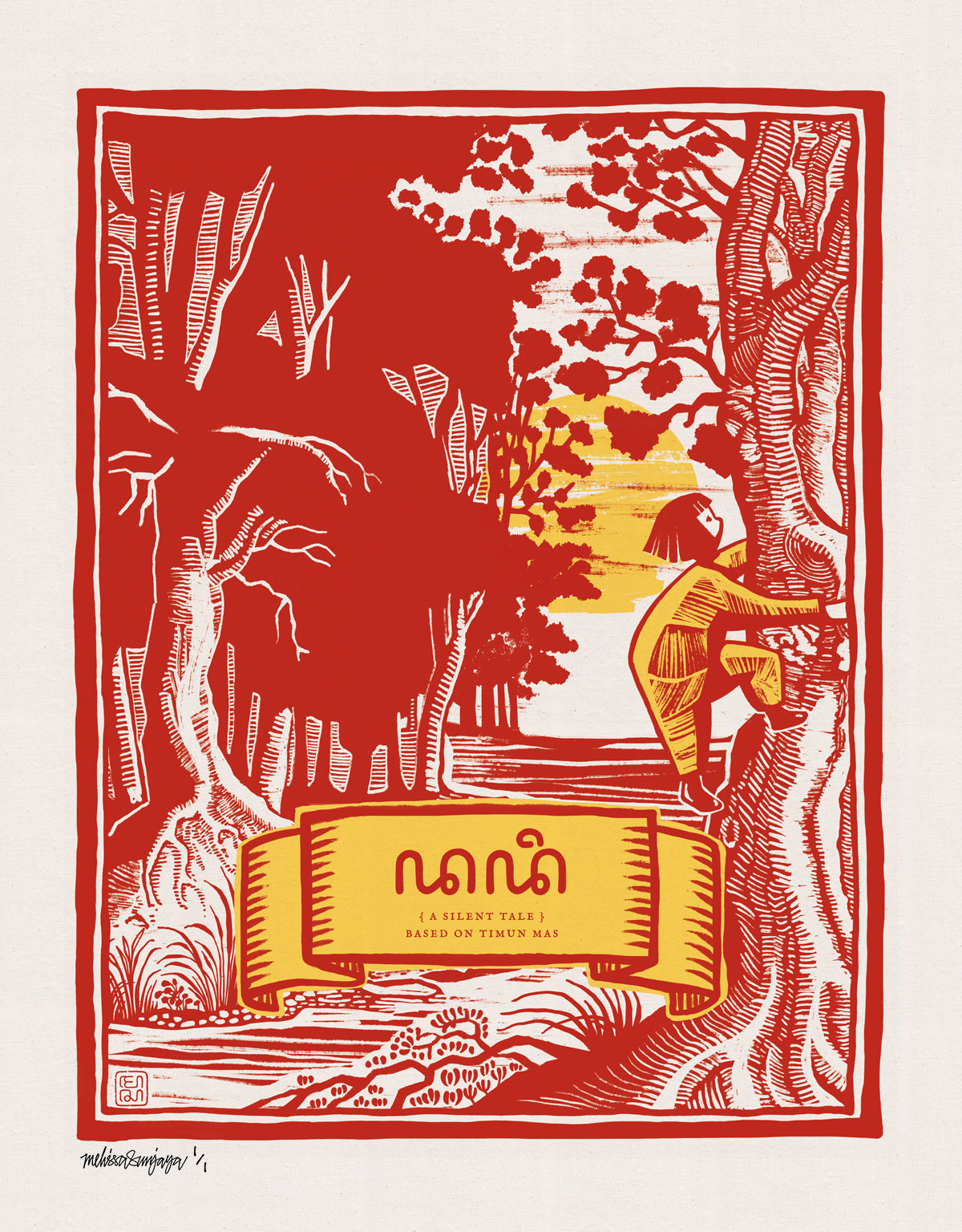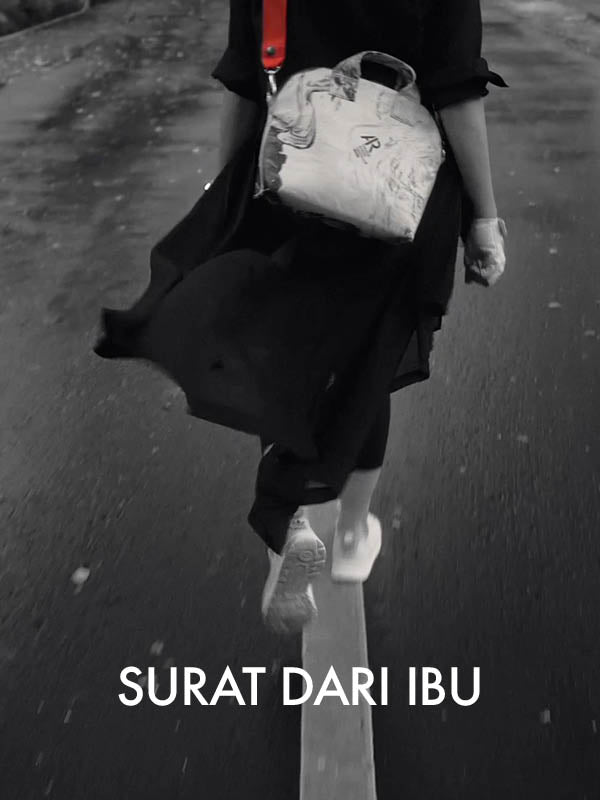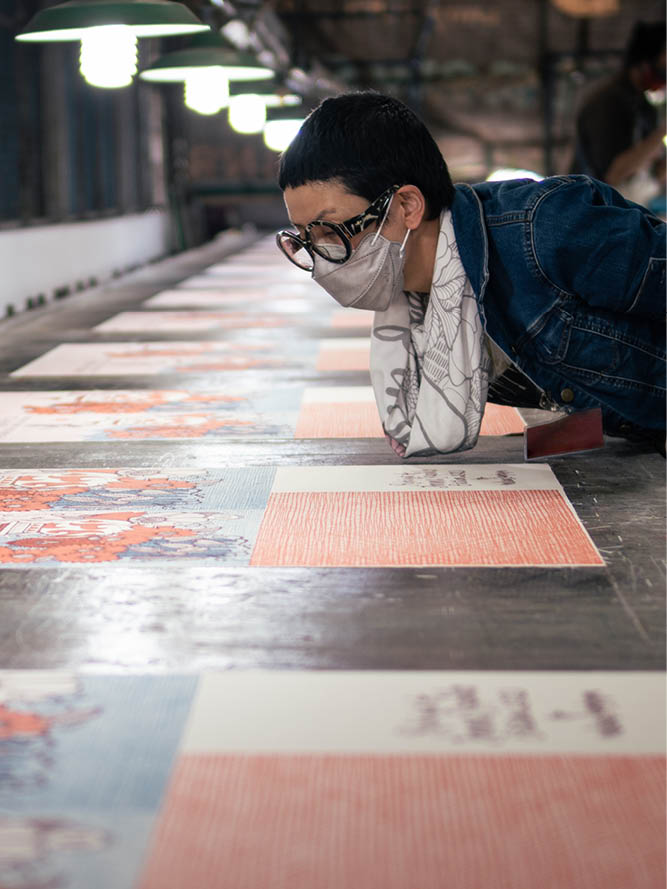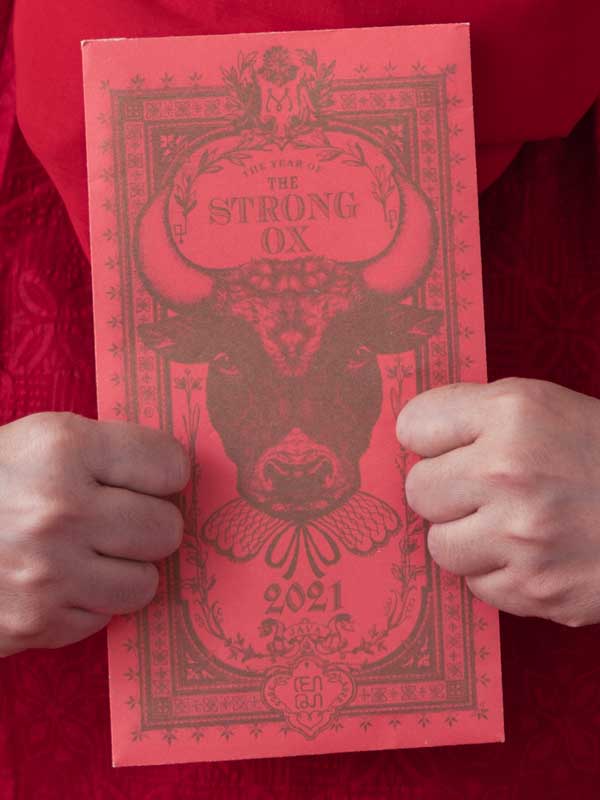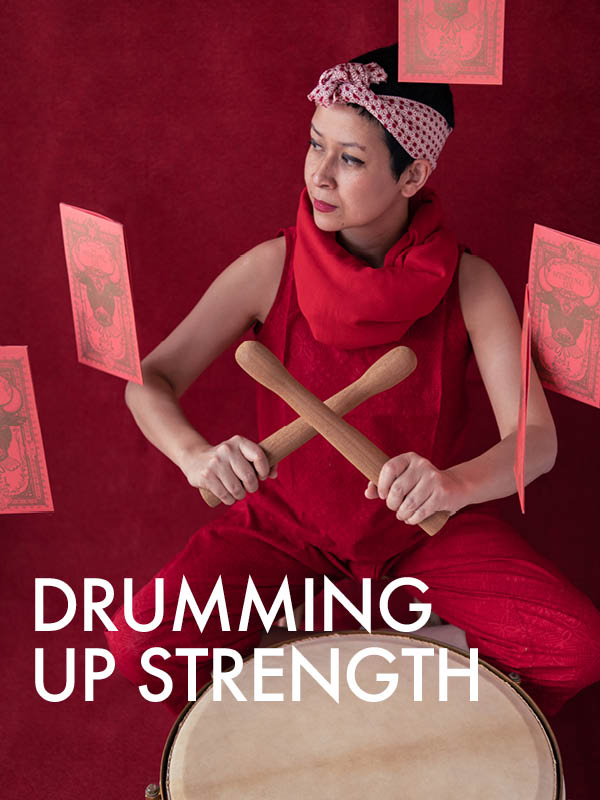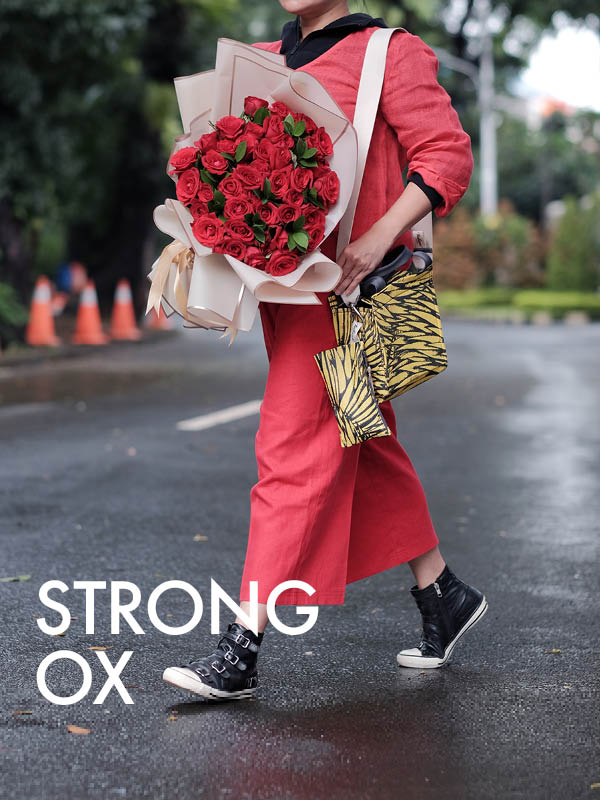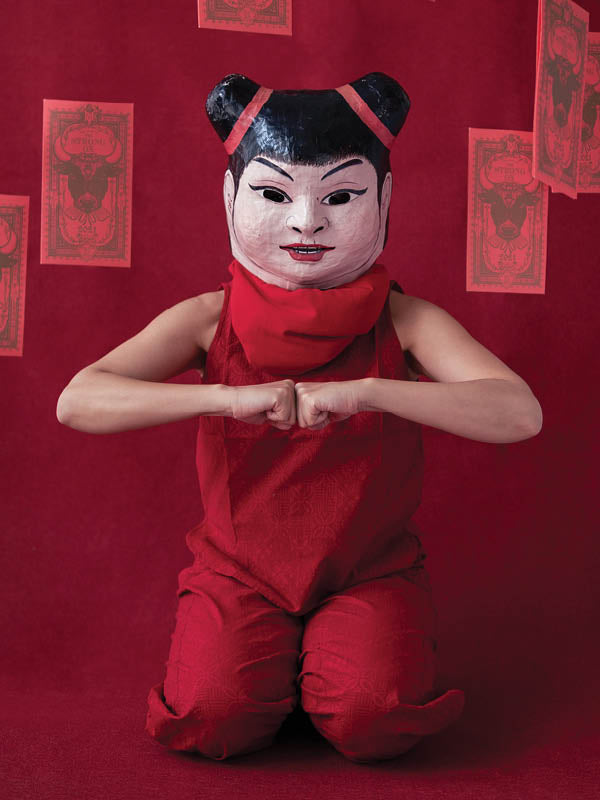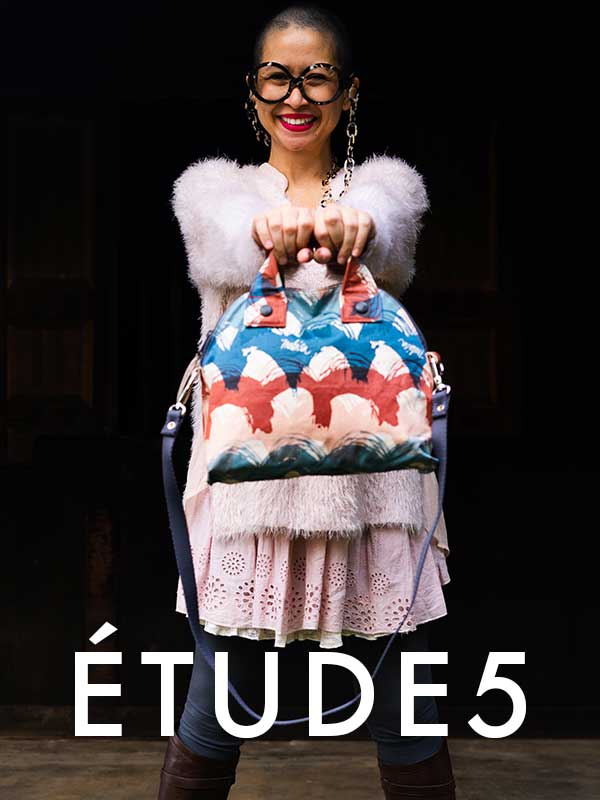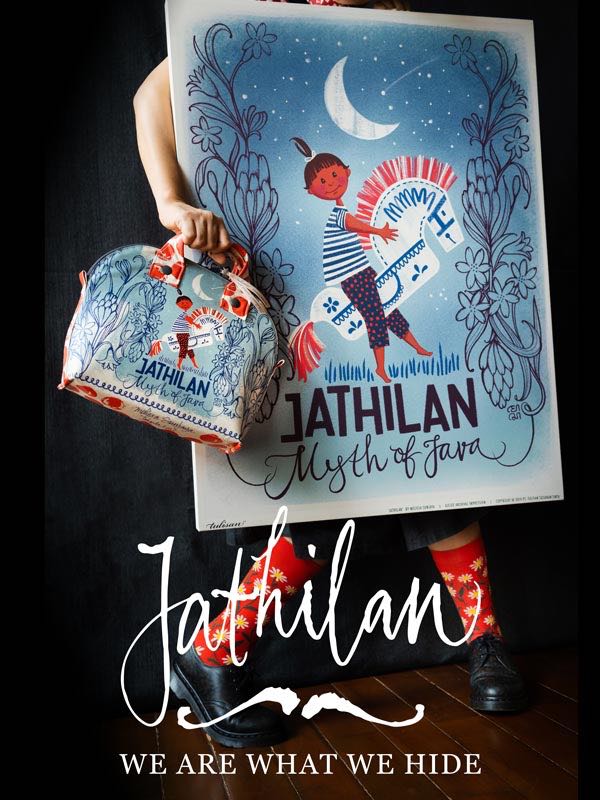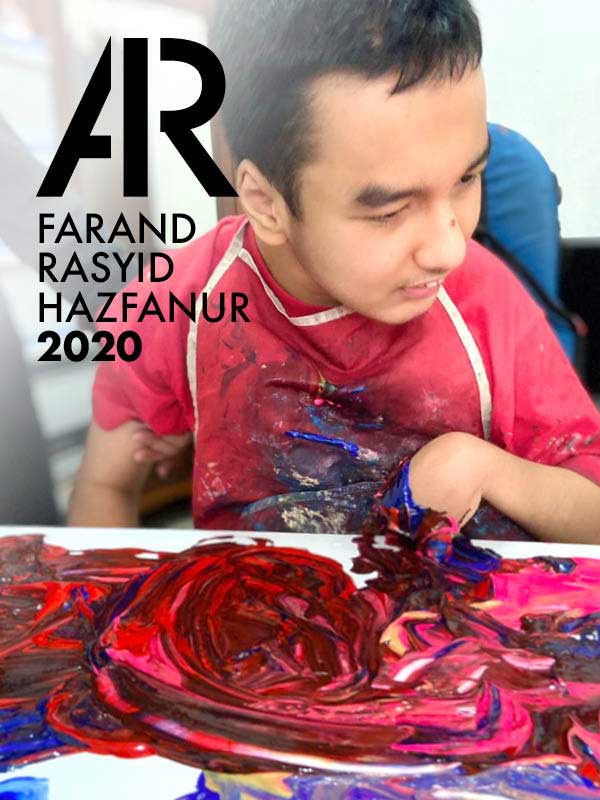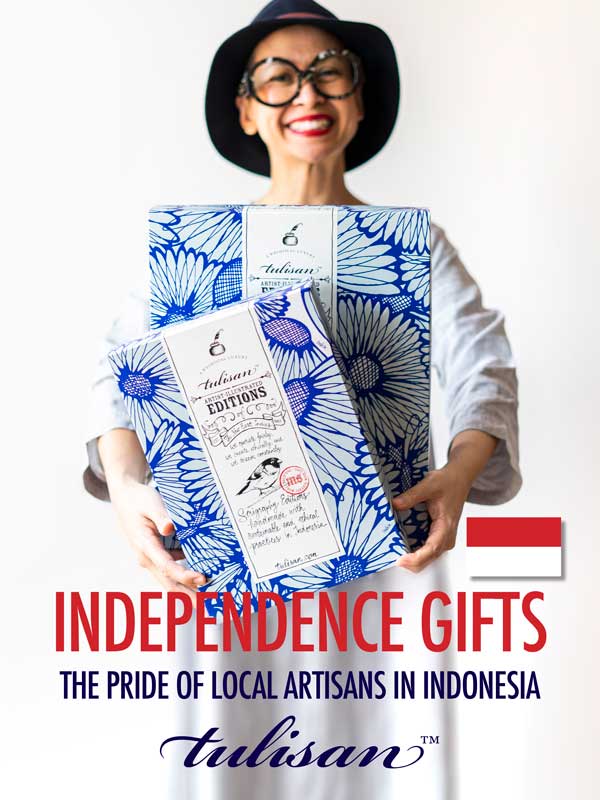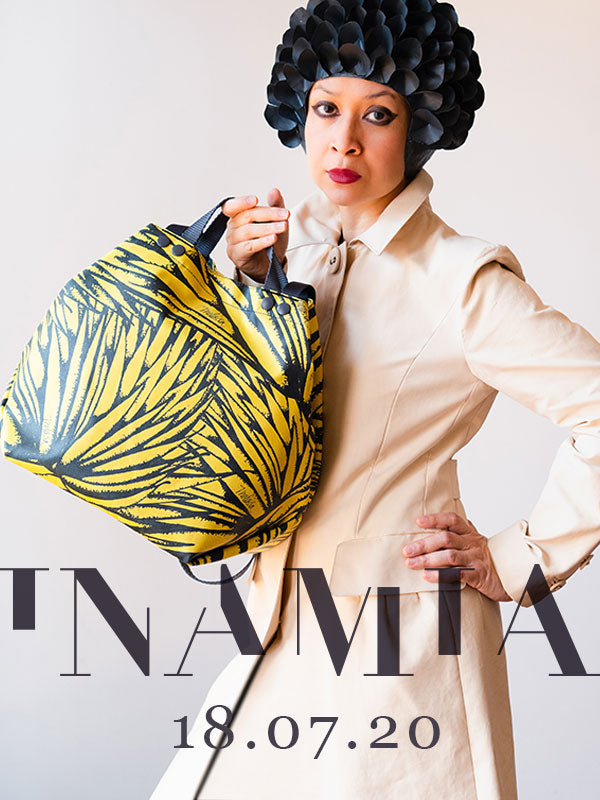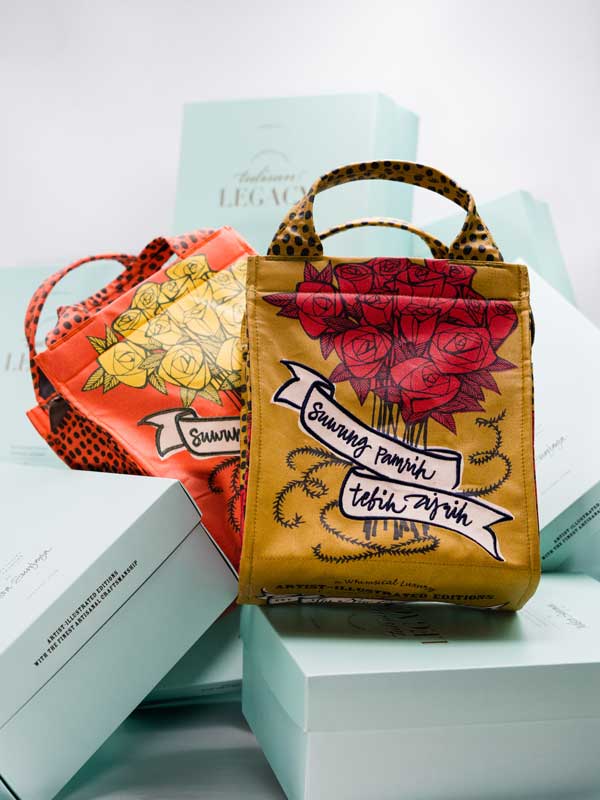
I spent last Saturday exposing myself to arts. I have never thought of myself to be a serious art aficionado, I merely only enjoy the big picture. So when I was lucky to found that the New York’s Museum of Modern Art (MoMA)’s online course was available in a series of art lecture facilitated by At America in Pacific Place (more of it, here). It is a 10 week sessions moderated by Amir Siddharta from SidhARTa Auction House. And each week, we would discuss the online course which brought a range of artists from Van Gogh’s post modernism to Dali’s Surrealism with Picasso in between. MoMA’s videos provided access to the audiences to explore the artwork up close (and purely close, we even get to see the intensity of the brush and texture of canvas) along with the deliberated insights.

As we talked on symbolism, I was beside myself. It was surprising how I can relate easily with this genre. The genre is an in between of realism and surrealism with artists interpreting how reality is portrayed through many elements of symbolism, includes objects, stroke of brush, and the scene setting. The lecture started to talk on Redon who interpreted the world he seen and was very much influenced by Edgar Allan Poe, another favorite author of mine. His monochromatic lines were as intense as the colorful yet vague smogs he did on ‘Robert and Angelica’.


The artwork of these symbolist artists is somehow closely related to the spirit of illustrations that we have in Tulisan. Ensor, Klimt, Rousseau, Munch and Redon‘s paints portrayed the depth of their thoughts and feelings, an interpretation of the world that operated around them. They told a story. Rousseau portrays the exotic world of the wilds – through his eyes who never even left Paris; Klimt absorbed the human senses; while Munch took the invisible agony. And the mystery of these hidden stories were the beginning of the beauty of these artwork. It was about the details, the slight tensions of emotions recorded, and the untold message that add story to it all. – Rassi Narika




